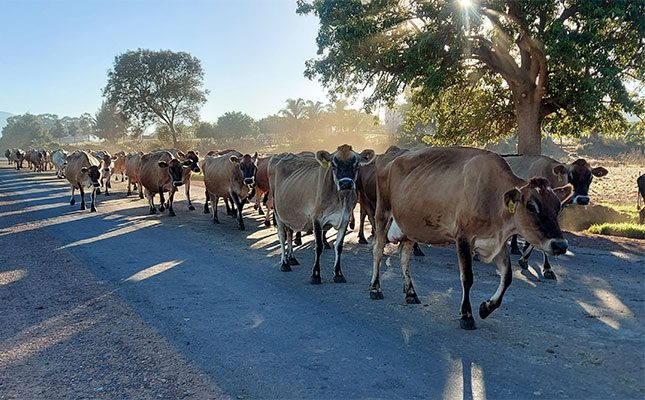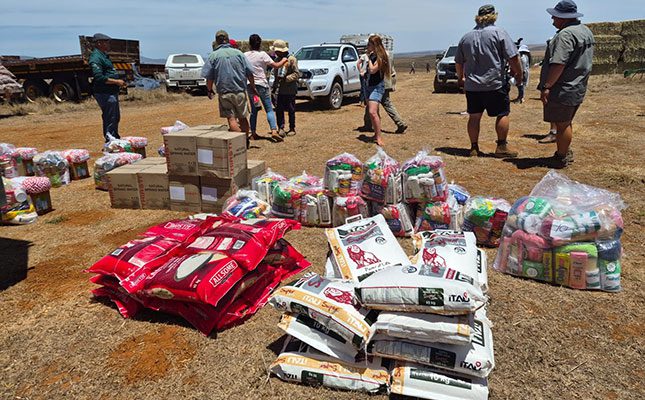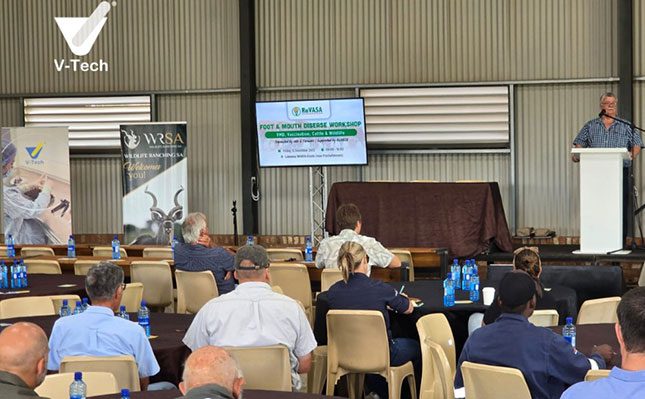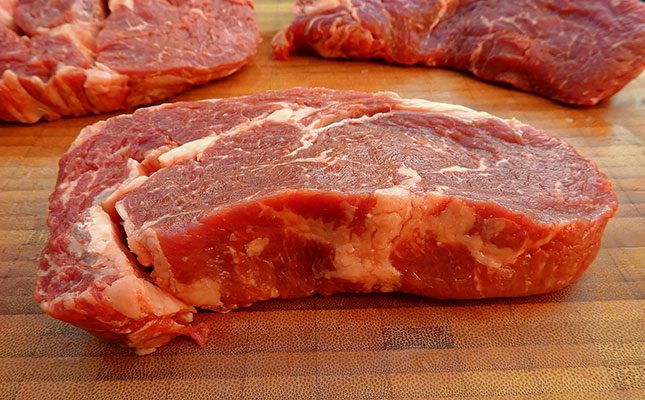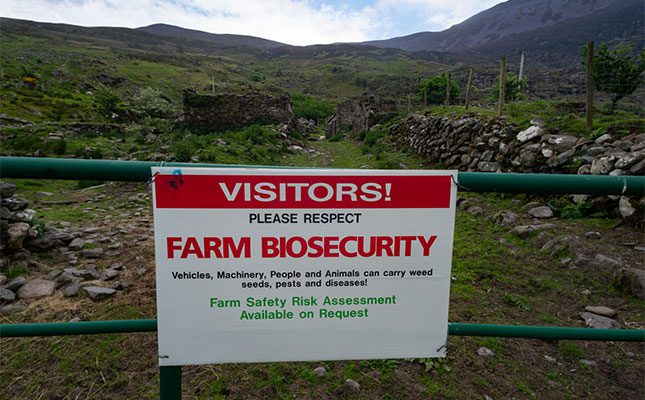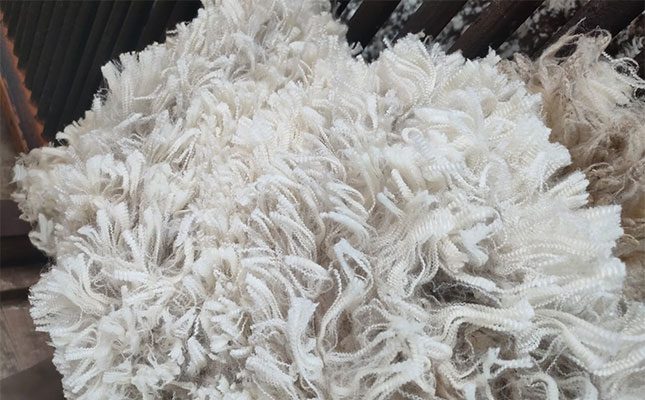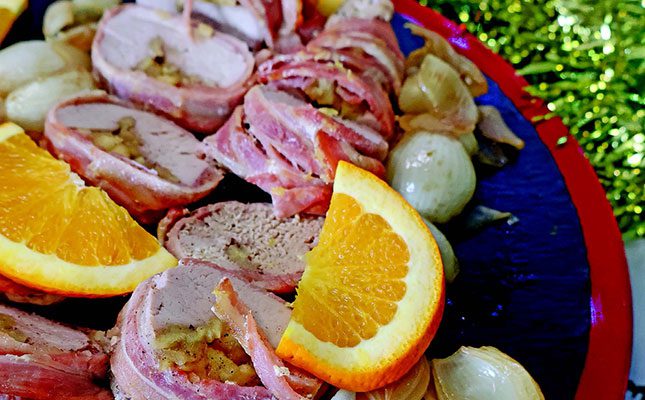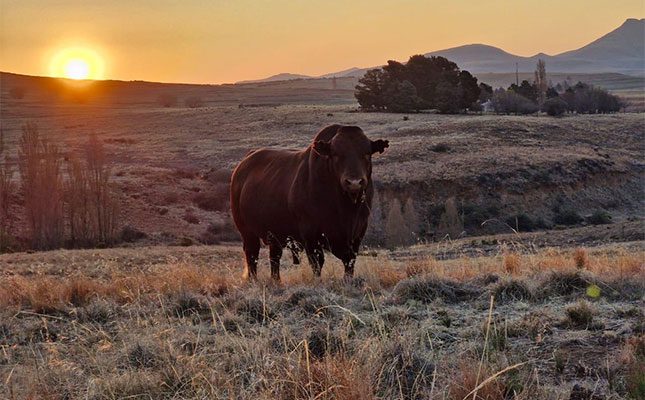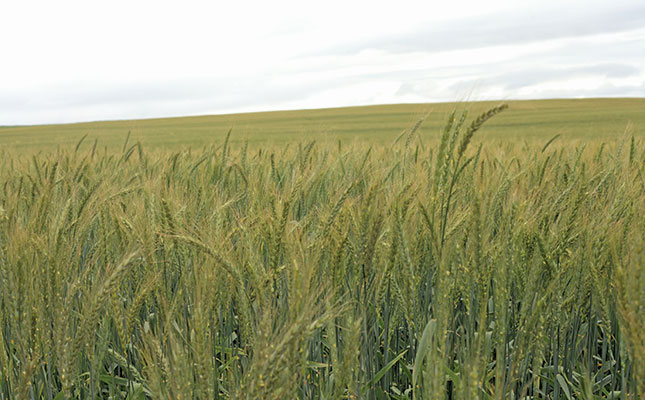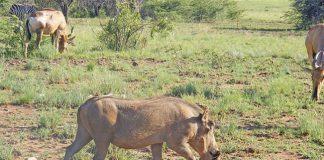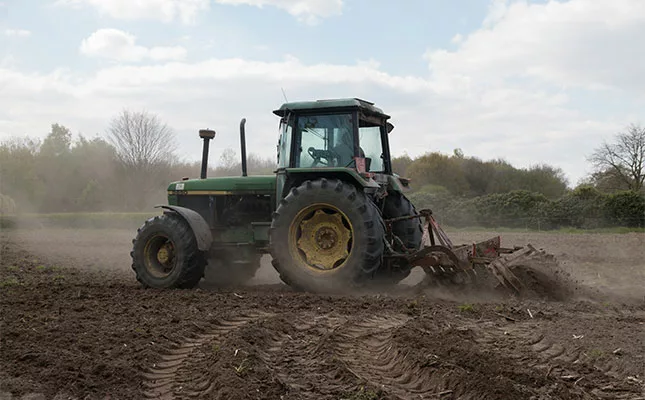
This follows the release of the South African Agricultural Machinery Association’s (SAAMA) latest figures at the beginning of the month (September).
August tractor sales were up by 22% year-on-year, from 572 units in 2024 to 700 this year. Year-to-date tractor sales were up by around 23%. Five combine harvesters were sold last month, unchanged from August 2024, and year-to-date sales were up by nearly 26%.
Speaking to Farmer’s Weekly, Willie Human, chairperson of SAAMA, said the market had recovered, adding that tractor sales from the past two years painted an interesting picture.
“We had an excellent 2023, and during the October planting season, things looked promising. But then we had the drought in February 2024, experienced another one that lasted until the end of December 2024, and this was followed by a very wet period. This led to a big decrease in tractor sales because of poor harvests and debt,” he explained.
“The wet season we experienced in the first five months of this year led to lower-grade [grain], and farmers harvested very late, but the total yield was 17% better than the previous year.
“There is less financial pressure on farmers, and the period to prepare for the new season has been shortened. Therefore, farmers must expand mechanically again.”
TLU SA General Manager Bennie van Zyl said the organisation was thankful that farmers were in a better position this year to consider replacing machinery.
“It is about the age of the machines. The older they are, the more chances of breakage and the higher the risk in terms of the production process and all that it entails. Another factor that is a big plus is that farmers had a better harvest this year. Therefore, they are in a better position to replace machinery and acquire new equipment.
“However, we must always be careful, as this doesn’t necessarily apply to every farm. We are faced with diverse realities, because each farm remains a business entity in its own right,” he explained.
He added that the better equipped farmers were, the better the production process would be.
“We do, of course, also sit with an agricultural debt burden of about R220 billion that fluctuates as crop loans are repaid. This puts agriculture under a lot of pressure, but you have to stay in production, and therefore you must, if you can, stay on top in terms of better technology.
“At the moment, technological development is rapid in terms of precision farming, the quality of planters and harvesters, and in connecting tractors with these tools. If you haven’t updated [your machinery] in a year, it’s almost obsolete,” Van Zyl said.

